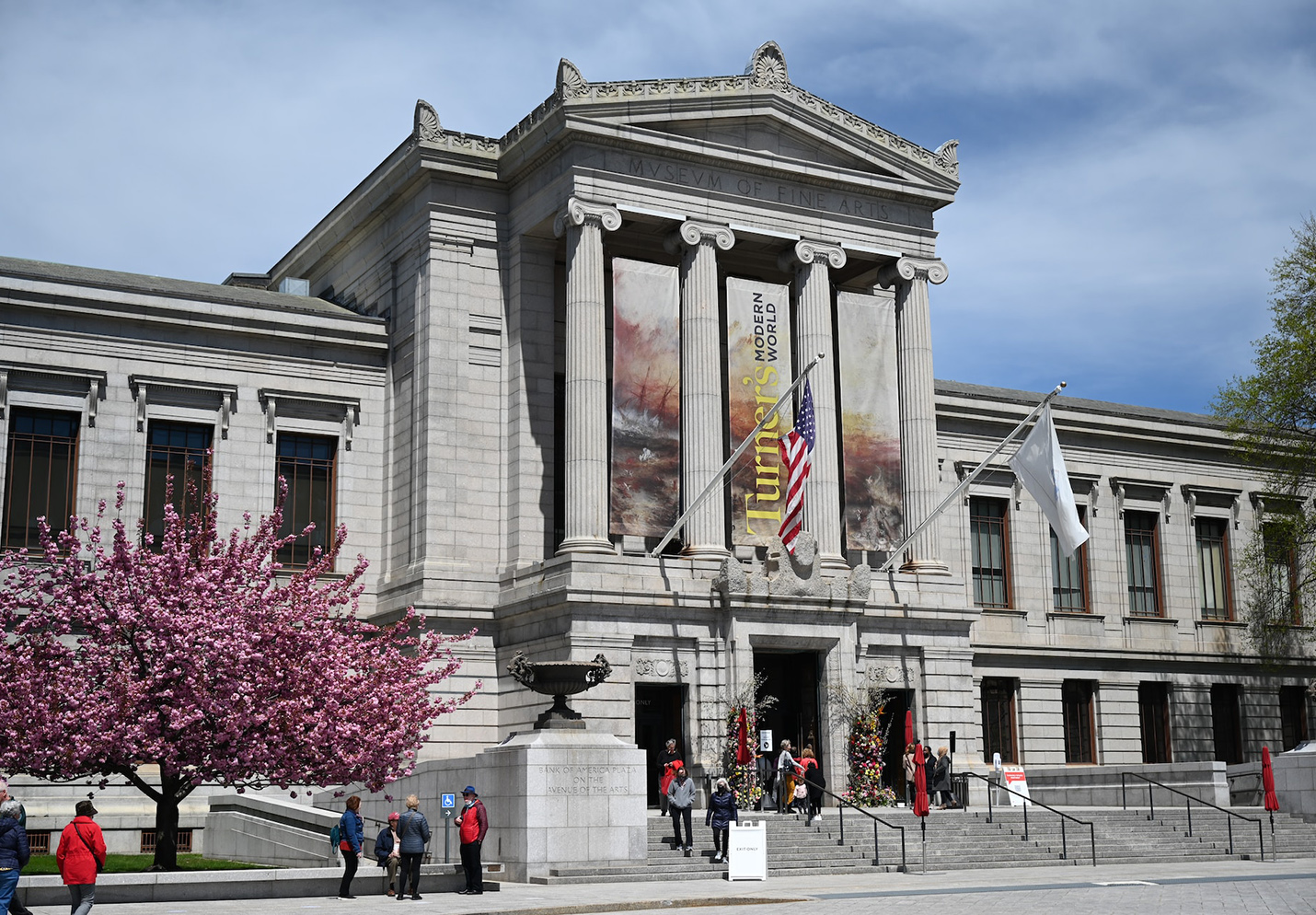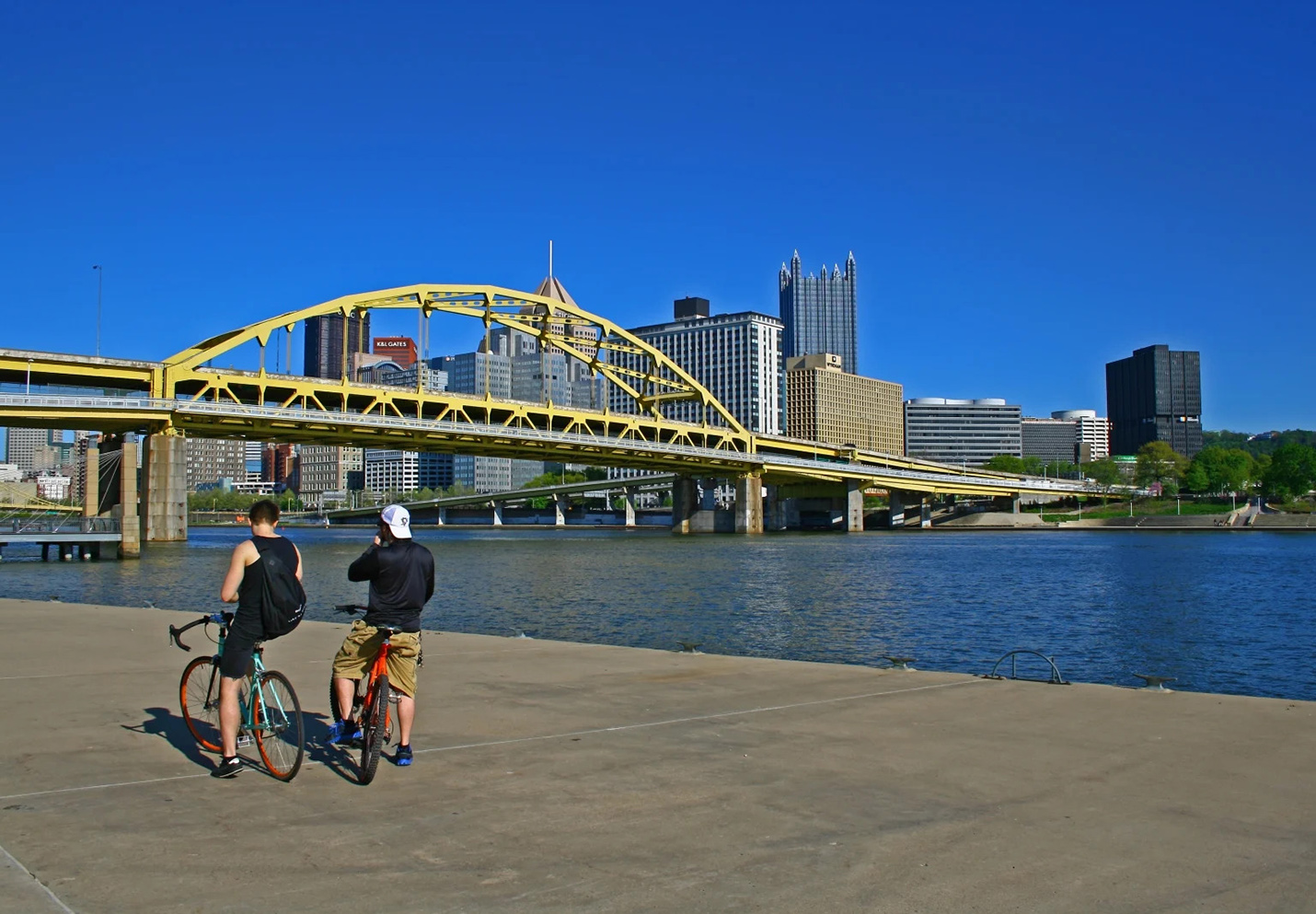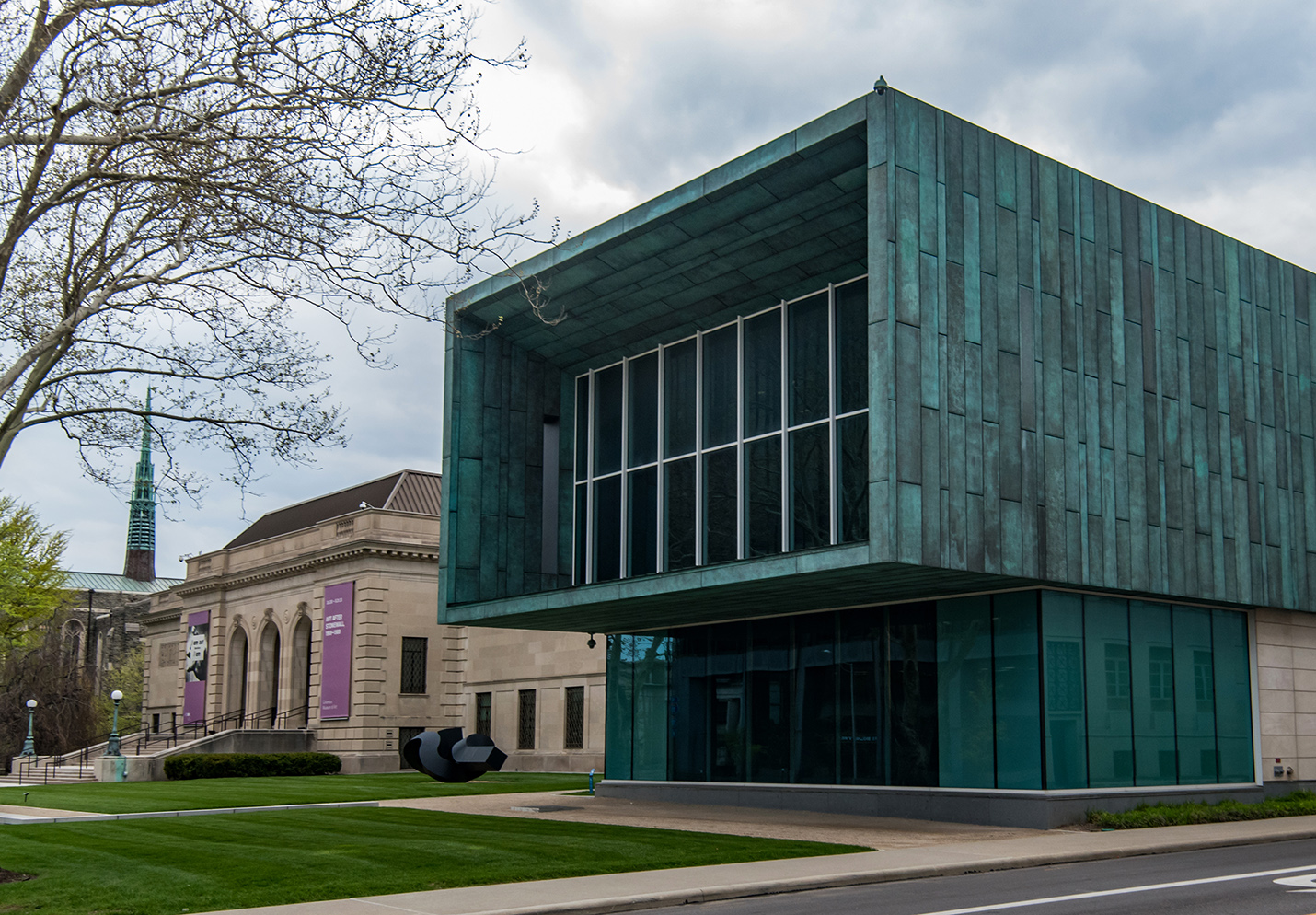Boston isn’t just a city — it’s a living, breathing archive. Every street corner whispers a different chapter of America’s story, and every gallery offers a new perspective. From the Louvre’s endless halls to tiny single-room exhibits in remote towns — I can confidently say Boston’s museums hold their own on the global stage.
I’ve visited Boston in every season — I’ve ducked into the MFA during winter blizzards, strolled through the Isabella Stewart Gardner Museum’s courtyard in spring, and sipped iced coffee while wandering the Institute of Contemporary Art’s waterfront terraces in summer. This is my ultimate, no-fluff guide to the four museums that have truly captured my heart, with personal favorites, must-see recommendations, and all the practical details you need to make your own visit smooth and unforgettable.
1. Museum of Fine Arts, Boston (MFA)
📍 Location: 465 Huntington Ave, Boston, MA 02115
🕒 Hours:
- Saturday–Tuesday: 10 am – 5 pm
- Wednesday–Friday: 10 am – 10 pm (perfect for a late-evening wander)
🎟 Admission: \$27 for adults, \$10 for youth 7–17, free for kids under 6.
💡 Tip: Free admission on Wednesdays after 4 pm (donations encouraged).
I still remember my first visit to the MFA — it felt like stepping into an art universe where time didn’t exist. I arrived at 10 am thinking I’d spend “a couple of hours” and emerged at nearly 6 pm, having only covered two-thirds of the museum.
My Three Favorite Works:
- John Singer Sargent’s “The Daughters of Edward Darley Boit” – This painting stops me in my tracks every time. The way Sargent captures the mystery and individuality of each child feels like stepping into a Victorian novel mid-chapter.
- Monet’s “Water Lilies” – I’ve seen Monet’s work in Paris and New York, but there’s something almost meditative about this one’s placement here, surrounded by soft light and quiet space.
- Egyptian Funerary Boat Model (c. 1981–1802 BCE) – A small wooden boat that somehow feels alive, as if ready to set sail into the afterlife.
Three Must-See Recommendations:
- MFA’s Japanese Art Collection – One of the largest outside Japan, including delicate Edo-period screens and breathtaking ukiyo-e prints.
- Paul Revere’s Silverwork – A tangible link to Boston’s Revolutionary history.
- Art of the Americas Wing – A beautifully curated journey through North and South American art, from Indigenous pieces to modern paintings.
Service & Facilities:
- Cafés: The New American Café in the glass courtyard serves a mean lobster roll (about \$28, but worth every bite).
- Gift Shop: One of my favorite museum gift shops in the city — excellent selection of art books and jewelry inspired by the collections.
- Wheelchair Accessibility: Fully accessible, with elevators and free wheelchair rental.
Pros:
- Immense and varied collection.
- Late-night hours allow for quieter visits.
- Excellent educational programs and talks.
Cons:
- Can feel overwhelming for first-timers.
- Popular exhibitions sell out fast — book ahead online.
Getting There:
- From Logan Airport: Silver Line SL1 bus to South Station, transfer to Red Line to Park Street, then Green Line E to Museum of Fine Arts stop.
- From Back Bay: A 20-minute walk or quick Green Line ride.
Booking: MFA tickets can be purchased through their official site (mfa.org), TripAdvisor Experiences, or GetYourGuide — I recommend the official site for member discounts and day-specific promos.
2. Isabella Stewart Gardner Museum
📍 Location: 25 Evans Way, Boston, MA 02115
🕒 Hours:
- Wednesday–Monday: 11 am – 5 pm
- Closed Tuesdays
🎟 Admission: \$20 adults, \$13 seniors, \$10 students, free for children under 18.
💡 Tip: Wear something red — Isabella’s favorite color — and you’ll get \$2 off admission.
If the MFA is Boston’s grand art palace, the Gardner is its enchanted garden villa. Walking into the central courtyard — with its Venetian-style balconies, lush greenery, and seasonal flower displays — feels like stepping into another world.
My Three Favorite Works:
- John Singer Sargent’s “El Jaleo” – This dramatic Spanish dance scene dominates an entire wall, its movement almost audible.
- Titian’s “The Rape of Europa” – A Renaissance masterpiece with colors so vivid you almost forget it’s over 400 years old.
- Medieval Choir Book (c. 1450) – The illuminated pages glow under the gallery light.
Three Must-See Recommendations:
- The Courtyard – Changing floral displays mean no two visits are ever the same.
- The Empty Frames – Haunting reminders of the 1990 art heist, still unsolved.
- The Chinese Loggia – A cozy, intimate room showcasing Asian ceramics and furnishings.
Service & Facilities:
- Café G: Serves creative Mediterranean-inspired dishes — I recommend the roasted beet salad with whipped feta (\$16).
- Gift Shop: Curated with the same eccentricity as the museum — I once bought a notebook with the “El Jaleo” print that still inspires me.
Pros:
- Unique, personal curation style.
- Stunning seasonal displays in the courtyard.
- Fascinating backstory and ongoing mystery of the art theft.
Cons:
- Strict “no photography” policy inside (except courtyard).
- Smaller space means it can feel crowded.
Getting There:
- A 5-minute walk from the MFA — perfect to pair in the same day.
- Green Line E to Museum of Fine Arts, then short walk.
Booking: Buy tickets in advance via gardnermuseum.org, especially on weekends.
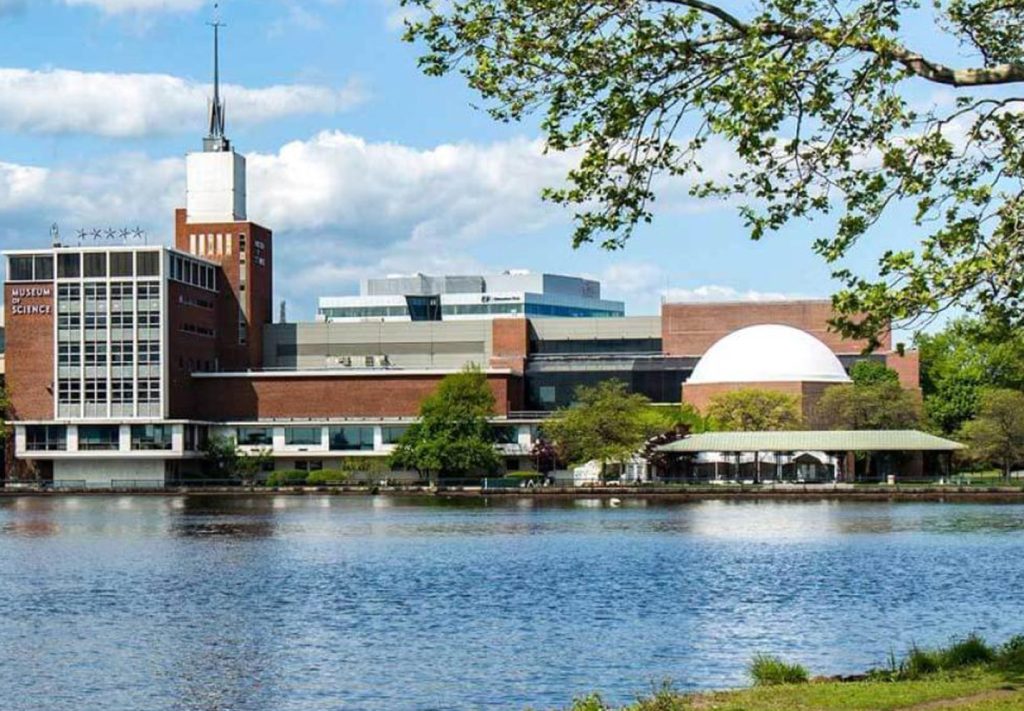
3. Museum of Science
📍 Location: 1 Science Park, Boston, MA 02114
🕒 Hours:
- Saturday–Thursday: 9 am – 5 pm
- Friday: 9 am – 9 pm
🎟 Admission: $29 adults, $24 seniors, $24 children (3–11).
IMAX and Planetarium shows are extra — usually $10–$12 per person.
I’ve always been a sucker for hands-on museums, and the Museum of Science takes “interactive” to a whole new level. It’s not just for kids — in fact, I’ve gone here solo and still spent an entire day without even touching the “children’s section.”
When I arrived last spring, I planned to “browse for two hours” before heading to lunch in the North End. Big mistake. I left seven hours later with my phone full of photos of space exhibits, dinosaur fossils, and a giant Van de Graaff generator.
My Three Favorite Exhibits:
- The Hall of Human Life – An incredible, high-tech area that turns you into a living science experiment. I tested my grip strength, measured my reaction times, and even analyzed my walking gait.
- The Charles Hayden Planetarium – I caught the “Destination Mars” show ($10 extra), and let me tell you, lying back in a reclining seat under a 57-foot dome with ultra-HD visuals is the closest I’ve ever felt to actually traveling through space.
- The Dinosaur Exhibit – Standing next to a life-size triceratops model made me feel like a 5-year-old again — in the best way.
Three Must-See Recommendations:
- The Butterfly Garden – A glass-enclosed, tropical paradise with butterflies landing on your shoulder. Best part? It’s included in admission.
- Lightning Show – Their massive Van de Graaff generator creates indoor lightning bolts. My tip: Sit in the middle rows for the perfect combo of thrill and safety.
- Mathematica Exhibit – Originally designed by Charles and Ray Eames, it turns abstract math into something beautiful and playful.
Service & Facilities:
- Food Options: Riverview Café serves surprisingly good sandwiches (around $9–$14), and if you snag a window seat, you’ll have panoramic Charles River views.
- Gift Shop: Science-themed gadgets, quirky t-shirts, and the best space-themed socks I’ve ever owned.
- Accessibility: Fully wheelchair accessible, with sensory-friendly hours for neurodiverse visitors.
Pros:
- Massive variety — something for every age and interest.
- Planetarium and IMAX are top-tier.
- Great rainy-day option.
Cons:
- Popular with school groups — weekday mornings can be noisy.
- Some special exhibits require extra tickets.
Getting There:
- From Logan Airport: Blue Line to Bowdoin, then a 15-minute walk or Green Line to Science Park.
- From North Station: 10-minute walk over the Charles River Dam Bridge.
Booking:
- Official site (mos.org) for timed tickets.
- Combo passes with Boston Duck Tours available on platforms like CityPASS — good value if you’re visiting multiple attractions.
4. Institute of Contemporary Art (ICA)
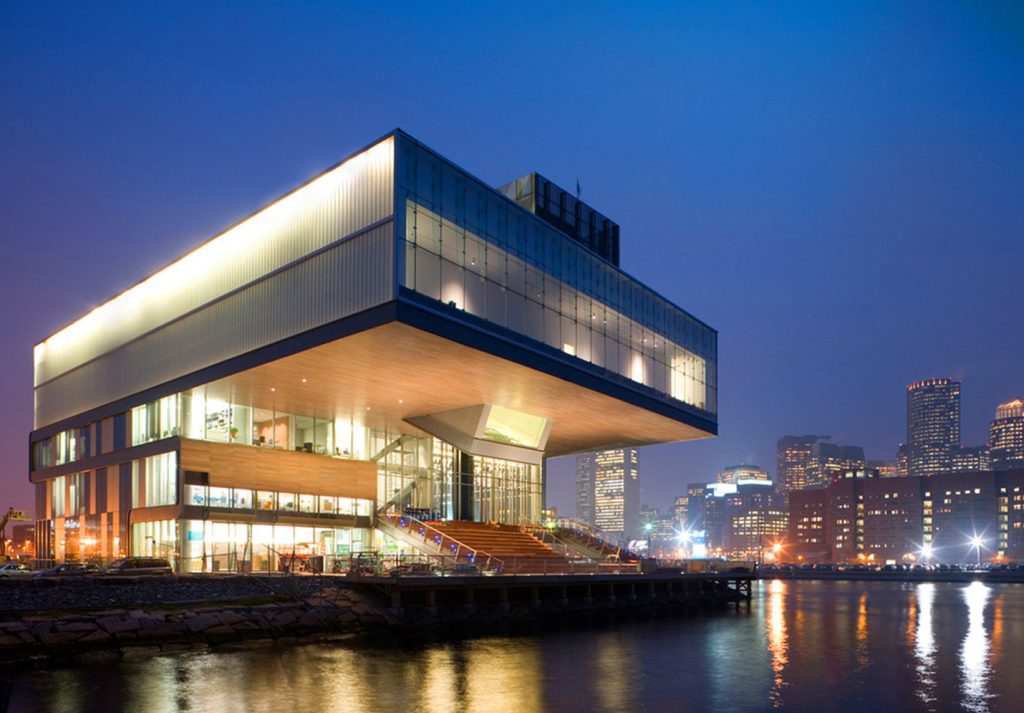
📍 Location: 25 Harbor Shore Drive, Boston, MA 02210
🕒 Hours:
- Tuesday–Wednesday, Saturday–Sunday: 10 am – 5 pm
- Thursday–Friday: 10 am – 9 pm
🎟 Admission: $20 adults, $15 seniors, $10 students, free for under 18.
💡 Tip: Free admission on Thursdays from 5 pm – 9 pm.
Some museums feel like they’re frozen in time — the ICA is the opposite. It’s a living, breathing space that changes with every visit. Situated right on the Boston waterfront in the Seaport District, its architecture alone is worth the trip: sleek lines, glass walls, and a cantilever that juts dramatically over the harbor.
Why Boston’s Museums Keep Pulling Me Back
I’ve explored museums on five continents, and Boston’s still hold a unique place in my heart. It’s not just the collections — though they’re world-class — it’s the atmosphere. Each museum has its own rhythm: the MFA’s grandeur, the Gardner’s intimacy, the Museum of Science’s energy, the ICA’s cutting-edge cool.
If you’re planning your own Boston museum circuit, here’s my personal pro tip:
- Pair MFA and Gardner in one day (they’re neighbors).
- Spend a rainy day at the Museum of Science — you’ll lose track of time.
- Save ICA for a sunny afternoon so you can soak in the harbor views.
Booking & Savings Hacks:
- CityPASS Boston – Covers MFA, Museum of Science, and ICA plus other attractions, saving you around 40%.
- Memberships – If you plan multiple visits, MFA’s $85 individual membership pays for itself in 3 trips.
- Free Days – MFA Wednesday evenings, ICA Thursday nights, Museum of Science’s occasional community days.
Getting Around Between Museums:
Boston’s subway (“the T”) is your best friend. Get a CharlieCard for pay-as-you-go fares — $2.40 per ride on subway, $1.70 for bus. Lyft and Uber are also plentiful. Walking is possible between MFA and Gardner, and ICA to downtown is an easy 15–20 minutes on foot.
Every time I leave Boston, I find myself flipping through my phone’s camera roll — the hazy courtyard flowers at the Gardner, the massive planetarium dome, the glint of silver in Paul Revere’s work, the glassy blue horizon from the ICA’s deck — and I realize these aren’t just “museum visits.” They’re time capsules, each holding a little piece of the city’s soul.
And that, to me, is why Boston’s museums aren’t just a side trip. They’re the main event.
